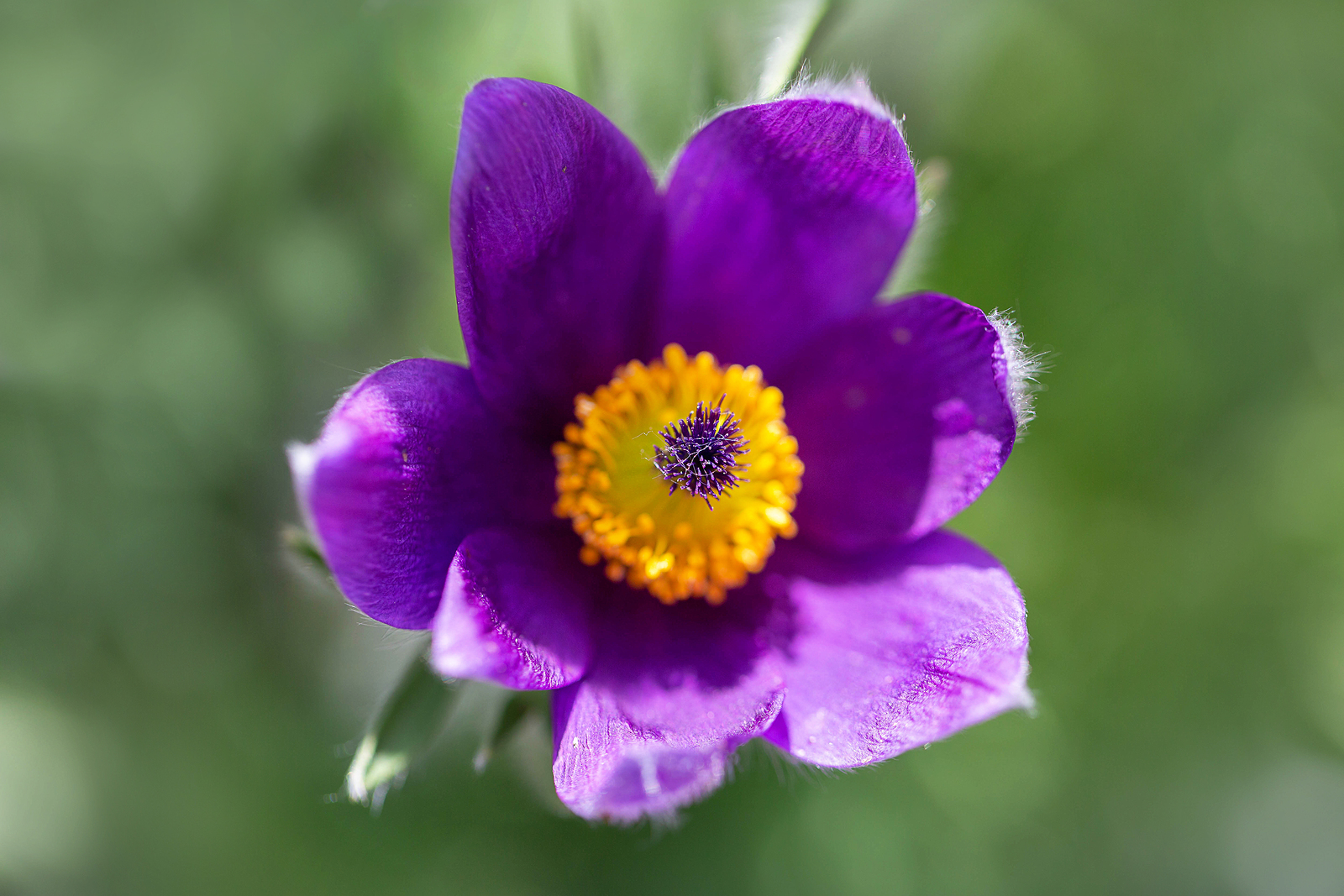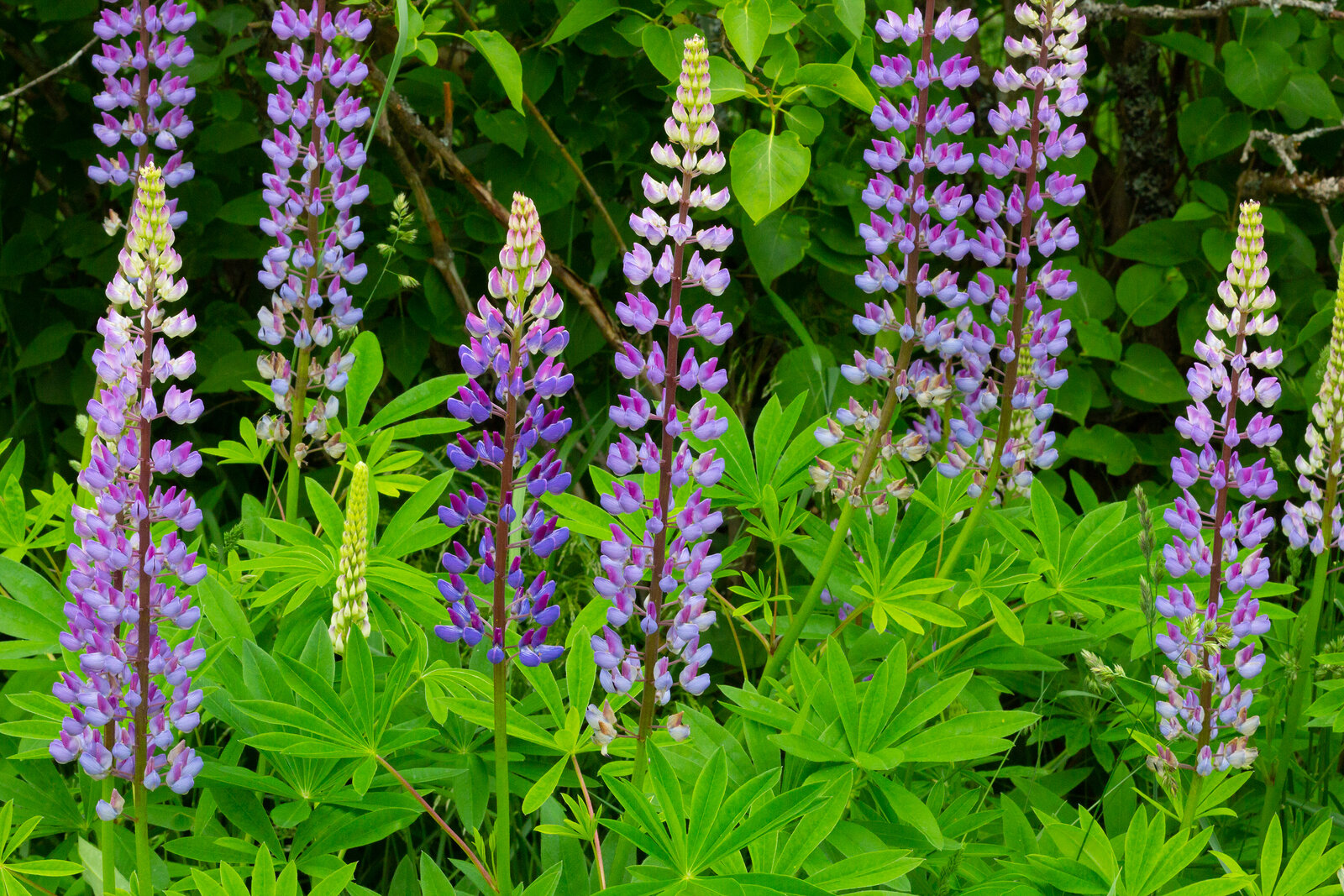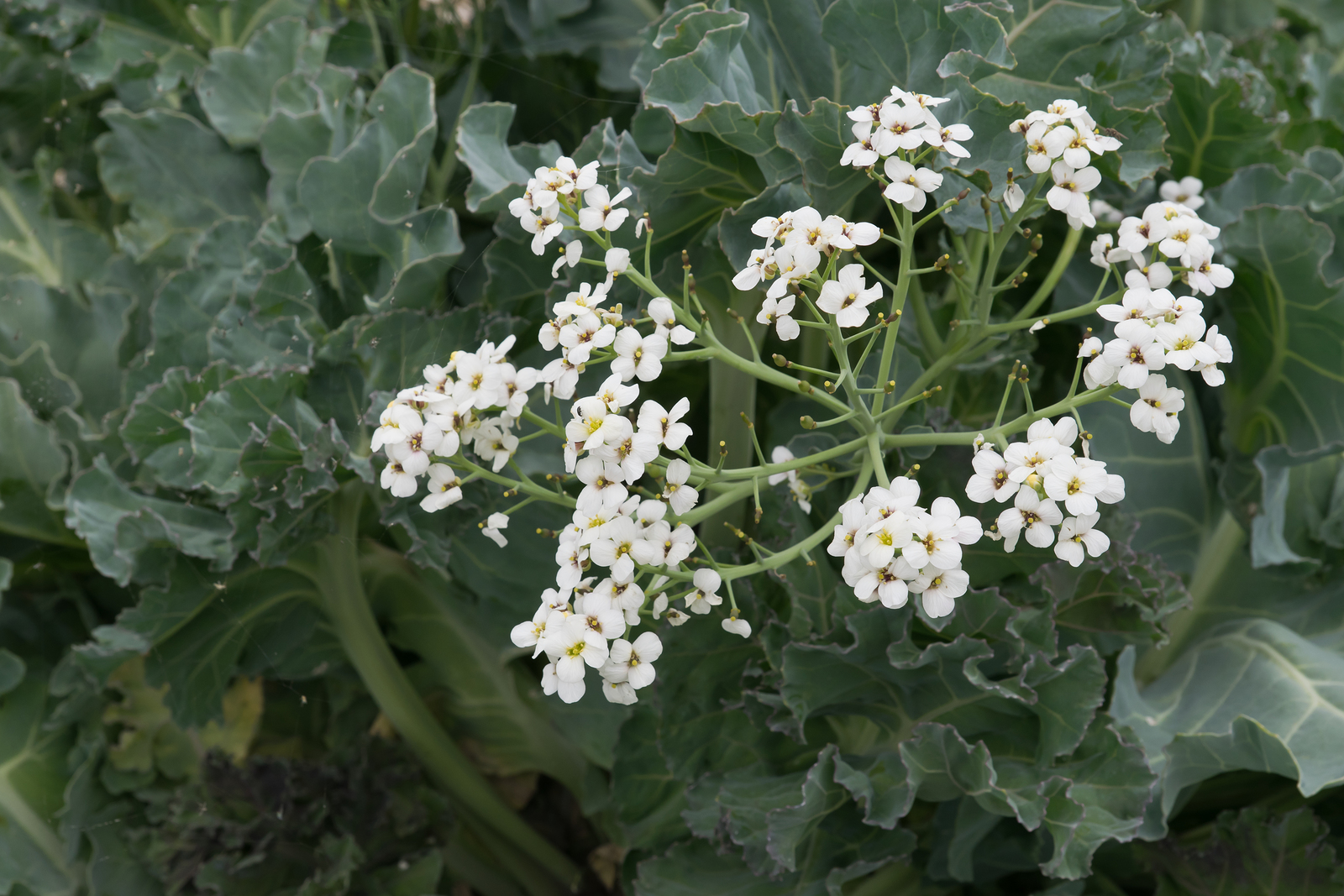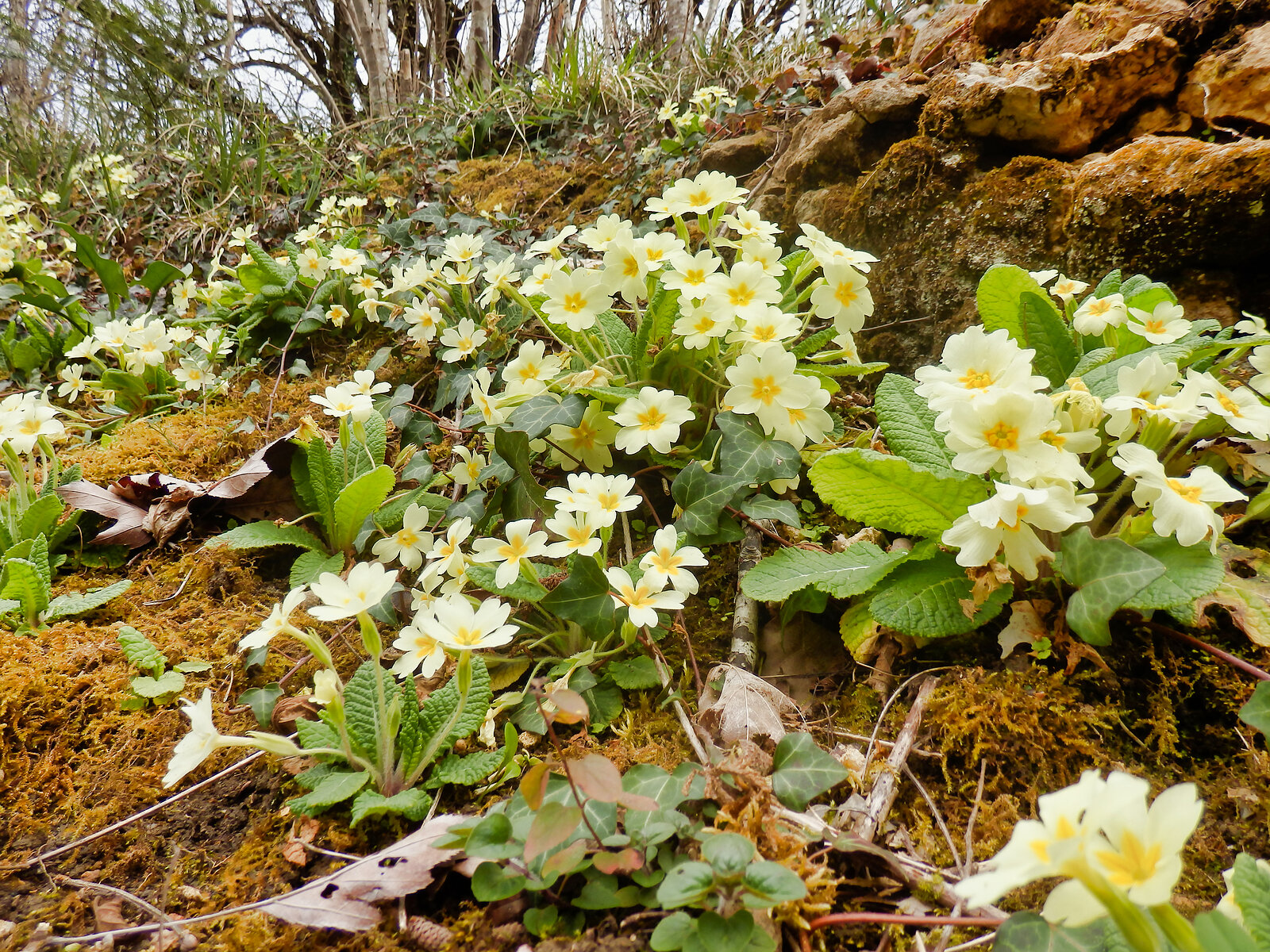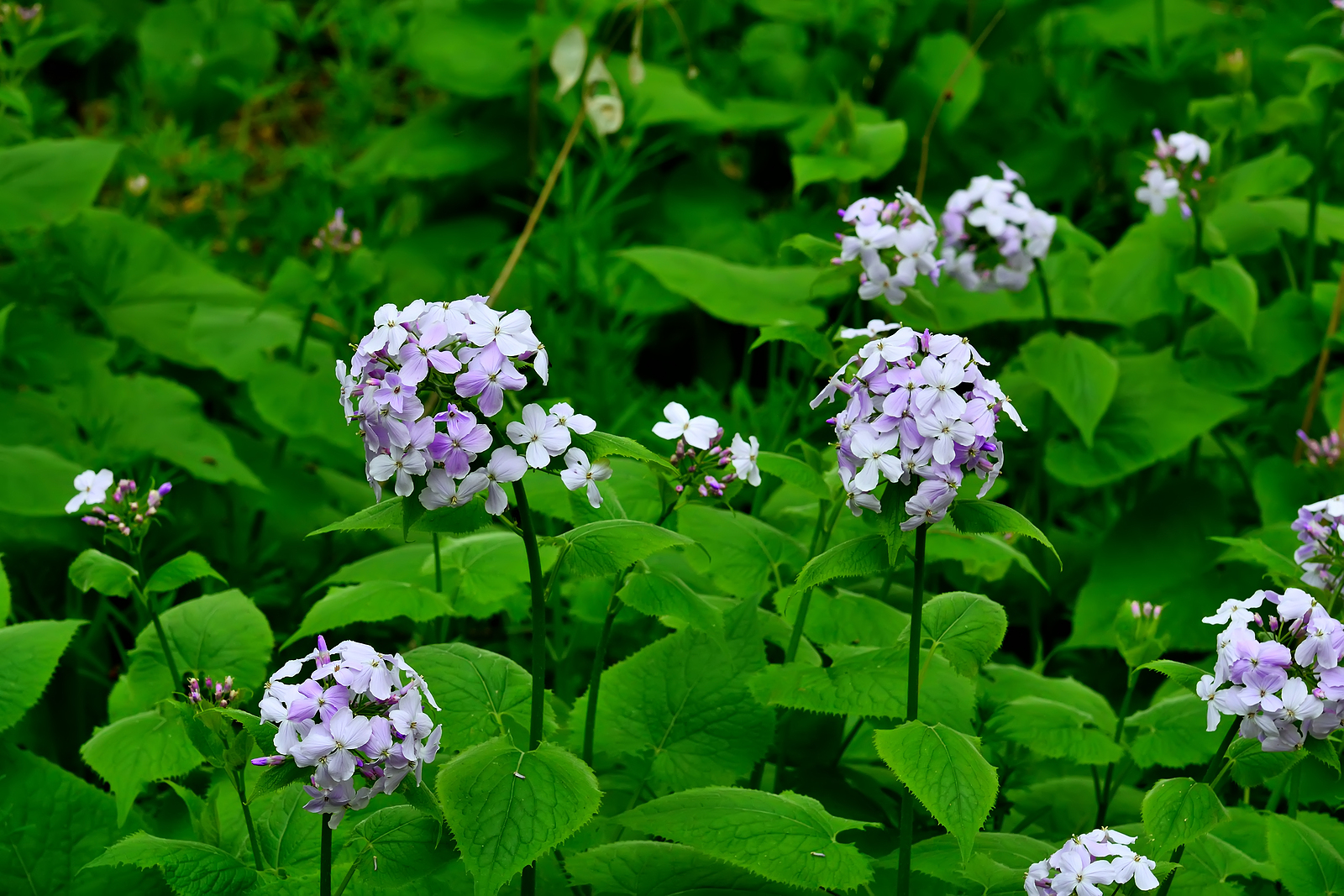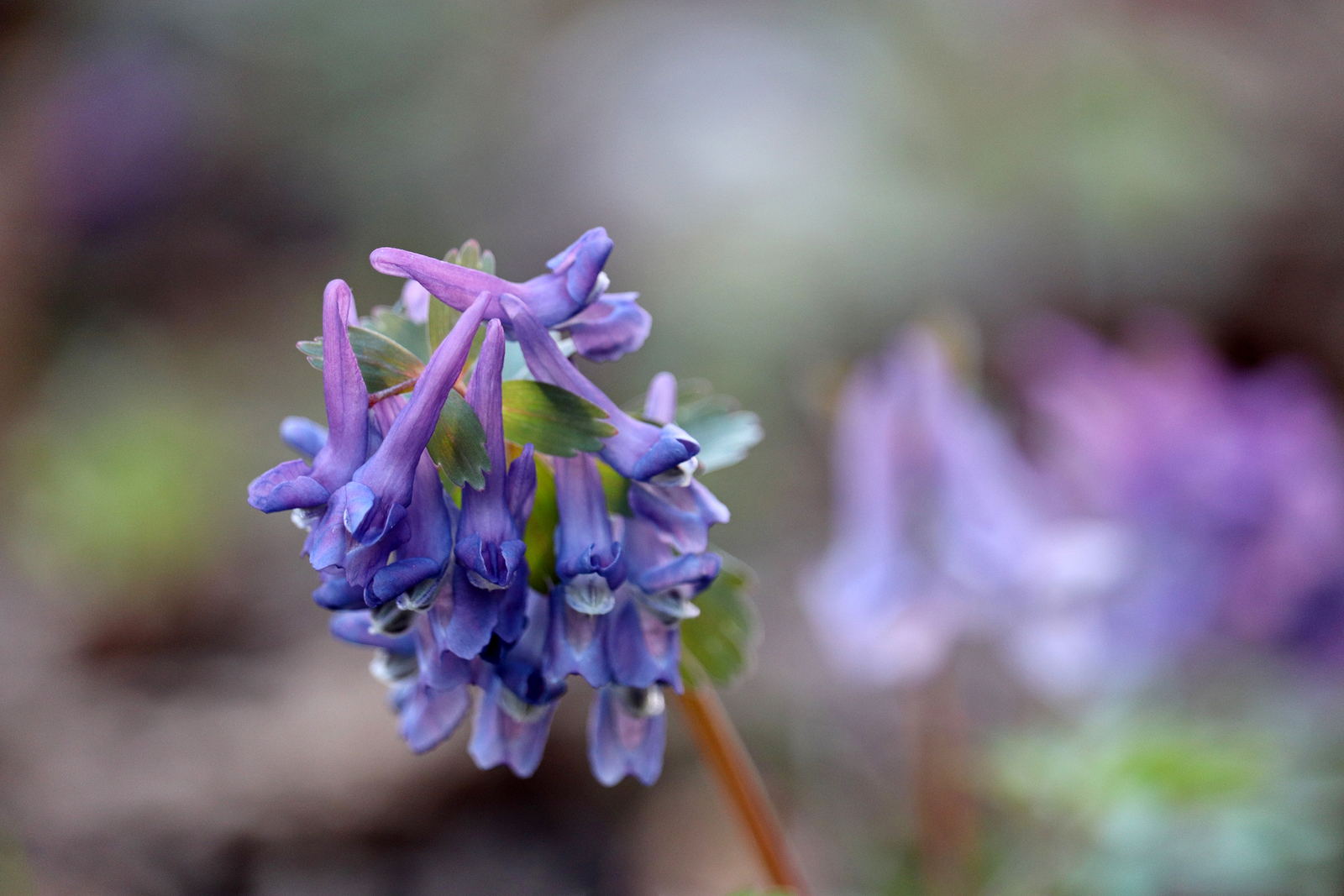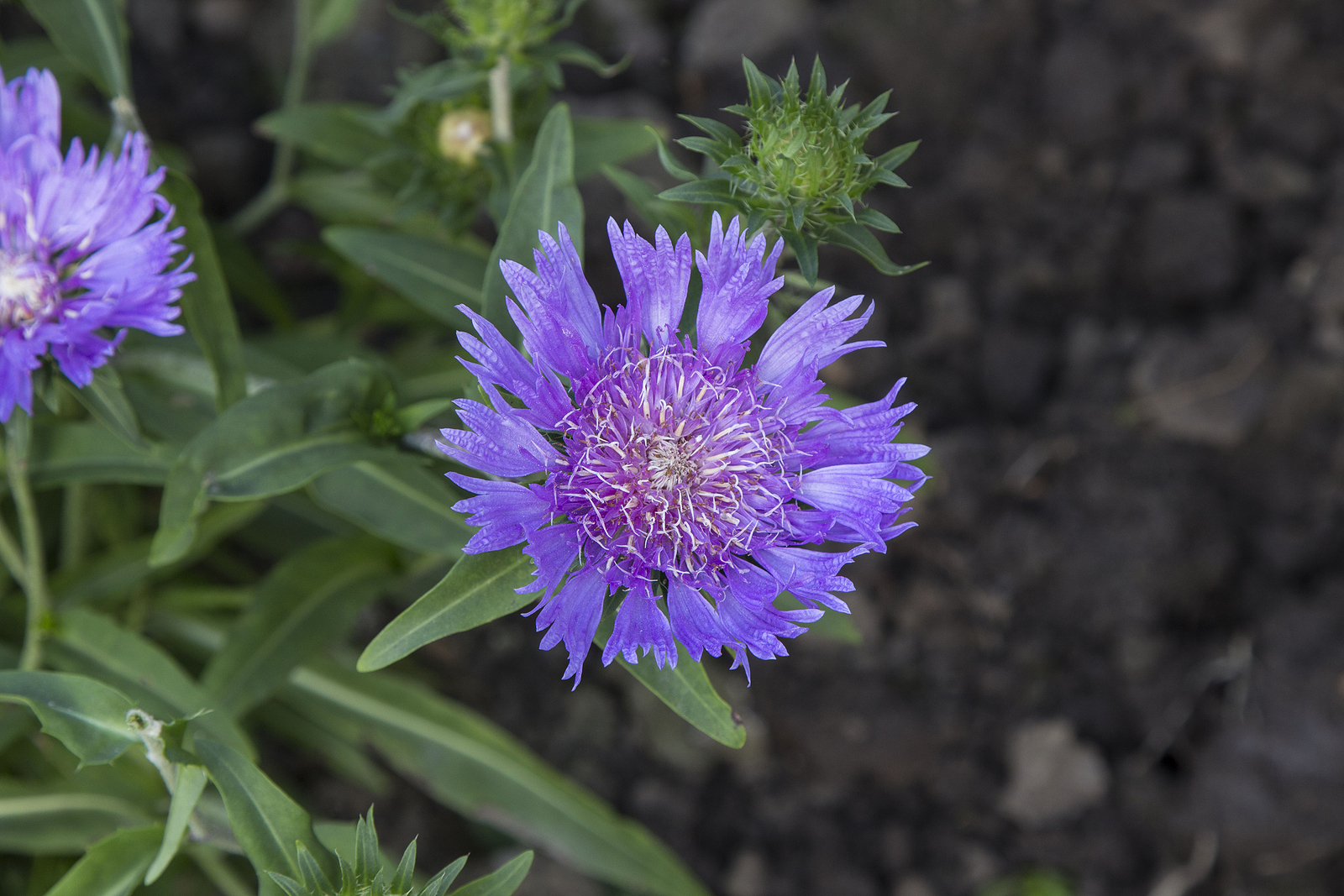How to Grow Pansy and Viola
Violas and pansies are early spring to mid-summer bloomers. Pansies can grow to 8 inches (20cm) tall and have 2- to 3-inch (5-7.6cm) wide flowers. Violas are similar to pansies but smaller. Petal colors of both can be solid in shades of blue, purple, yellow, orange, and red as well as bi-color and tri-color blossoms. […] More




